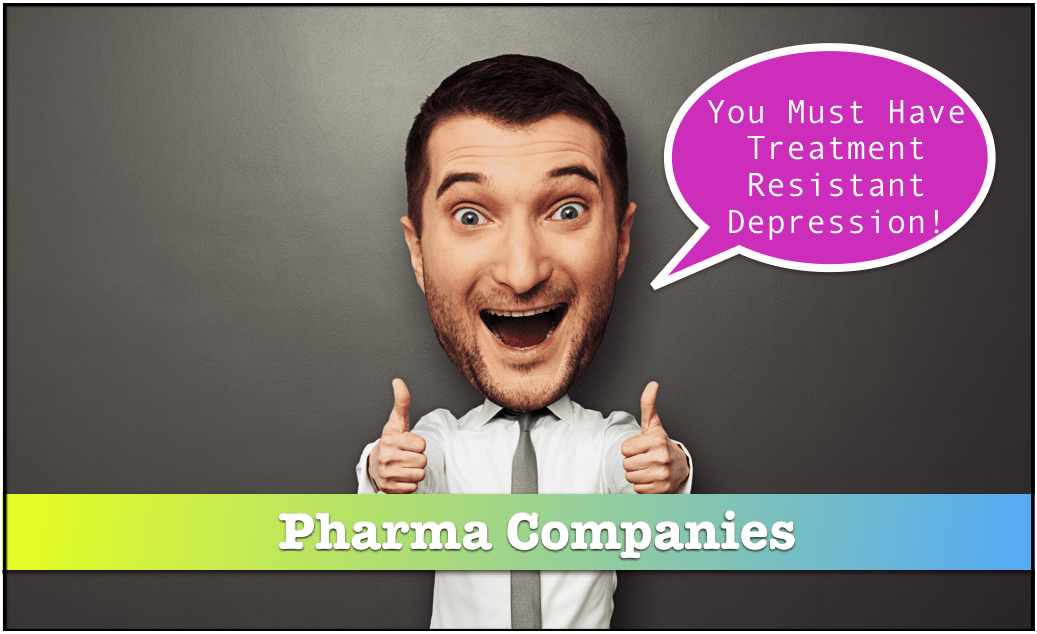The False Assumption of Treatment Resistant Depression
Executive Summary
- To cover up for antidepressants not working, the pharma companies concocted the term “treatment resistant depression.”

Introduction
We covered how the medical establishment proposes that people who do not find their antidepressant working for them have created an assumption that they take time in the article The False Assumption of How Long Does it Take for Antidepressants to Work. This article covers how the pharma companies created a term to cover up ineffective antidepressants called “treatment-resistant depression.”
The Mayo Clinic on Treatment Resistant Depression
The Majo Clinic is a highly trusted source of online medical information — however, they parrot the advice of the most corrupt entities in the medical space. This is found in their advice on dealing with treatment resistant depression.
Advice #1: Give Them More Time?
Give your current medications more time. Antidepressants and other medications for depression typically take four to eight weeks to become fully effective and for side effects to ease up. For some people, it takes even longer.
This is the same advice related to how long it takes antidepressants to work. The Mayo Clinic does not explain that serotonin levels (of other manipulated neurotransmitters depending upon the drug, like dopamine) increase quickly. However, this does not cause depressive symptoms to change correlated with these changes in neurotransmitters.
Advice #2: Increase the Dose?
Increase your dose, if indicated. Because people respond to medications differently, you may benefit from a higher dose of medication than is usually prescribed. Ask your doctor whether this is an option for you — don’t change your dose on your own as several factors are involved in determining the proper dose.
There is no evidence that increasing the dose of antidepressants does anything compared to lower doses, which is explained in the following quotation from the book Unhinged.
In Nancy’s case, I did the simplest thing possible—I increased her dose of Zoloft from the original 50 mg/day to 100 mg/day. When that didn’t work, I went up to 150 mg/day. The rationale here is obvious—if 50 mg is good, 100 mg is better. ically, there are few studies to prove this intuitively appealing rule of thumb. Drug manufacturers